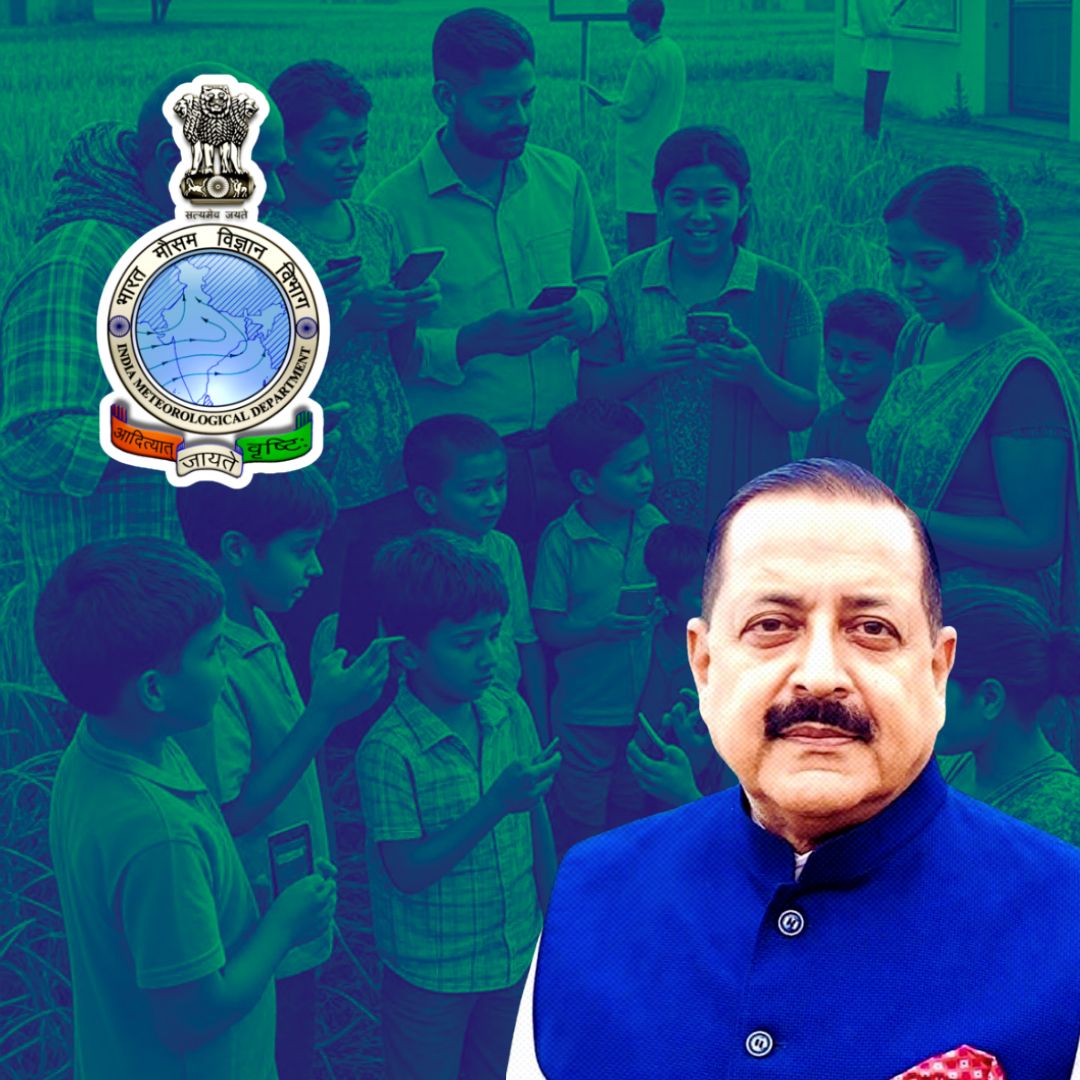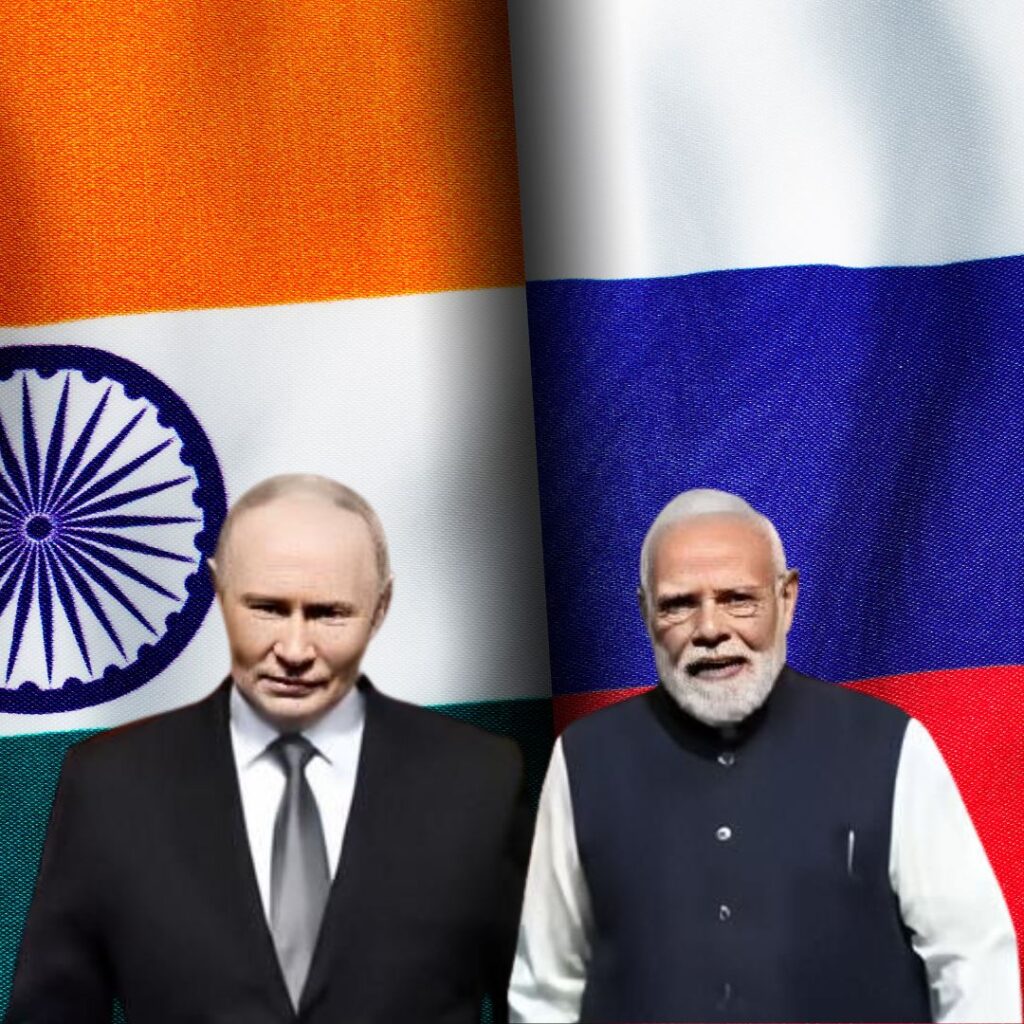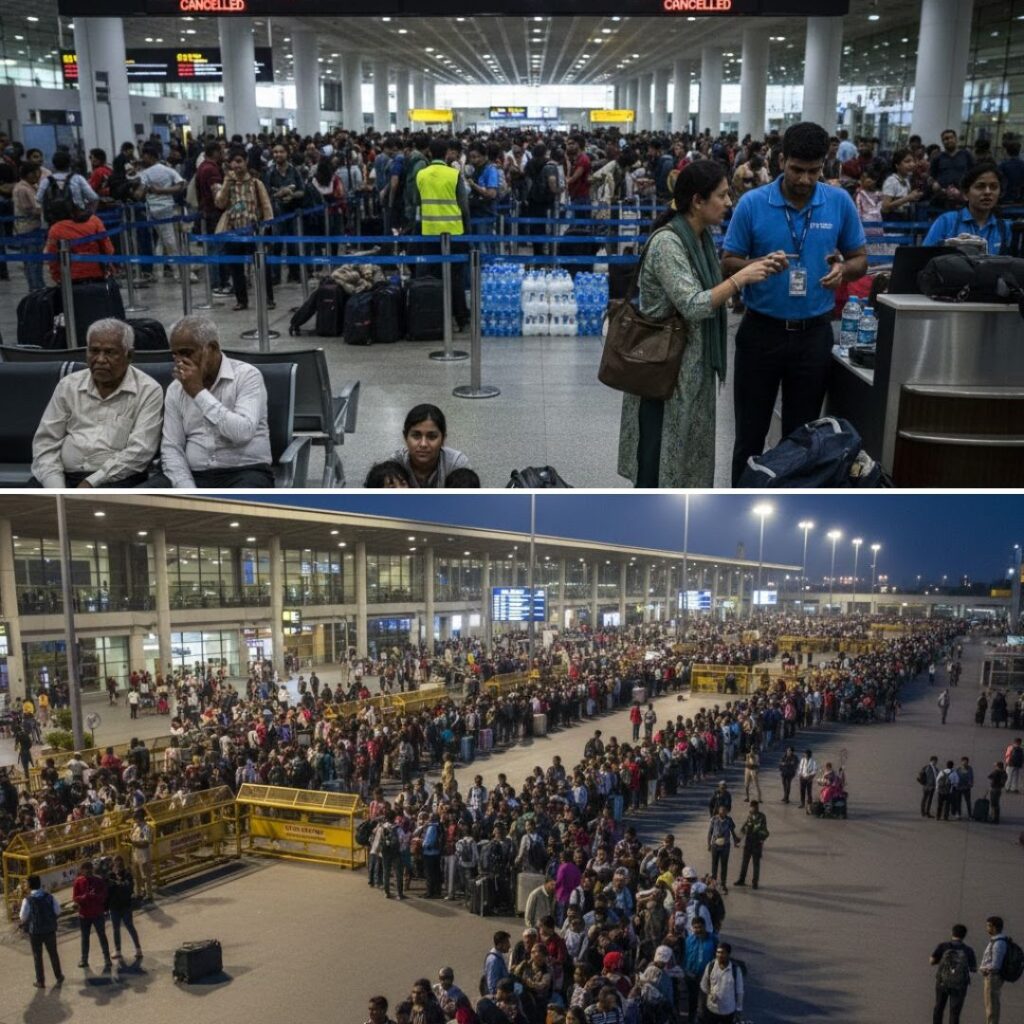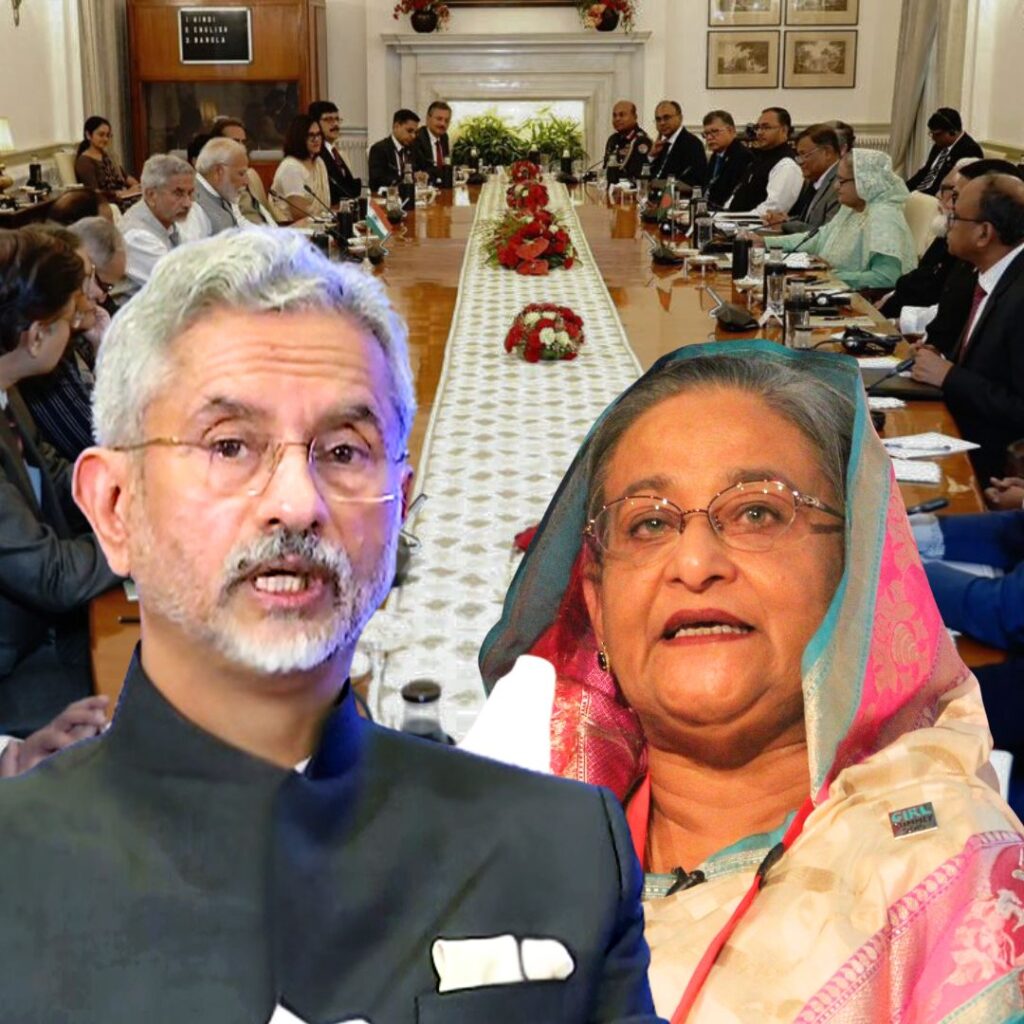India has ushered in a new era of weather forecasting with the launch of the Bharat Forecasting System (BFS) by the India Meteorological Department (IMD) on 26th May 2025. Developed by the Indian Institute of Tropical Meteorology (IITM), BFS delivers hyperlocal, real-time weather predictions at an unprecedented 6.5 km resolution, doubling the detail of previous systems.
Powered by the Arka supercomputer and a rapidly expanding Doppler radar network, BFS enables village-level forecasts up to 10 days in advance. This leap in technology is set to revolutionise disaster management, agriculture, and public safety across the nation, with officials hailing it as a milestone in India’s self-reliance and scientific innovation.
Hyperlocal Precision: A New Benchmark in Weather Forecasting
The Bharat Forecasting System stands out as the world’s first national-scale weather model to provide forecasts at such a fine resolution—6.5 km grids—covering the entire Indian subcontinent. This means that weather events like heavy rainfall, thunderstorms, or heatwaves can now be predicted with pinpoint accuracy, distinguishing conditions between neighbouring villages.
Union Earth Sciences Minister Dr. Jitendra Singh described the launch as “a major leap in India’s self-reliance in meteorological sciences,” while IMD Director General Dr. Mrutyunjay Mohapatra emphasised that “BFS will significantly enhance our ability to provide real-time, localised forecasts, helping every citizen, from urban dwellers to rural farmers.”
The system’s computational power, driven by the Arka supercomputer, has reduced data processing time from 10 hours to just 4, enabling faster and more frequent updates. With a network of over 40 Doppler Weather Radars—set to expand to 100—BFS can now issue rapid, localised nowcasts and warnings, greatly improving preparedness for extreme weather events.
Transforming Disaster Management and Rural Livelihoods
The BFS was rigorously tested during the 2022 and 2023 monsoon seasons, where it demonstrated a 30% improvement in predicting extreme rainfall and a 64% boost in monsoon core zone accuracy. Unlike previous models, which provided a single forecast for multiple villages, BFS delivers tailored predictions for each village and panchayat.
This is a game-changer for India’s disaster management authorities, enabling them to issue timely flood alerts, cyclone warnings, and advisories for cloudbursts and flash floods. For the agricultural sector, which employs over half of India’s population, these hyperlocal forecasts mean better crop planning, reduced losses, and more efficient use of resources.
The BFS’s advanced Triangular Cubic Octahedral Grid model allows for real-time, high-precision simulations, factoring in India’s diverse geography and climatic conditions. As the nation braces for an above-normal monsoon this year, BFS is already being used to guide policy decisions, protect critical infrastructure, and support millions of farmers.
Homegrown Innovation and Inclusive Science
BFS is a testament to India’s commitment to ‘Atmanirbhar Bharat’ (self-reliant India) and ‘Make in India’ initiatives. Developed by a multidisciplinary team at IITM, including four leading women scientists, the system replaces previously imported models with indigenous technology.
This not only ensures greater control over data and security but also reflects a broader push for gender equity and inclusion in Indian science. The BFS’s nationwide coverage surpasses even the most advanced regional models used in the US and UK, which operate at similar resolutions but do not cover entire countries.
The government has also announced plans to make BFS data available to the public, researchers, and private sector, fostering innovation in sectors like aviation, water management, and urban planning.
The Logical Indian’s Perspective
The Bharat Forecasting System is a shining example of how science and technology can serve the greater good. By delivering timely, accurate weather information to every corner of the country, BFS empowers communities, saves lives, and supports sustainable development.
The leadership of Indian scientists—especially women—in this project is an inspiring reminder of the power of diversity and inclusion. As we celebrate this achievement, The Logical Indian urges policymakers, civil society, and citizens to work together to ensure that the benefits of hyperlocal forecasting reach even the most remote and vulnerable communities. How can we further bridge the gap between scientific innovation and grassroots impact?











